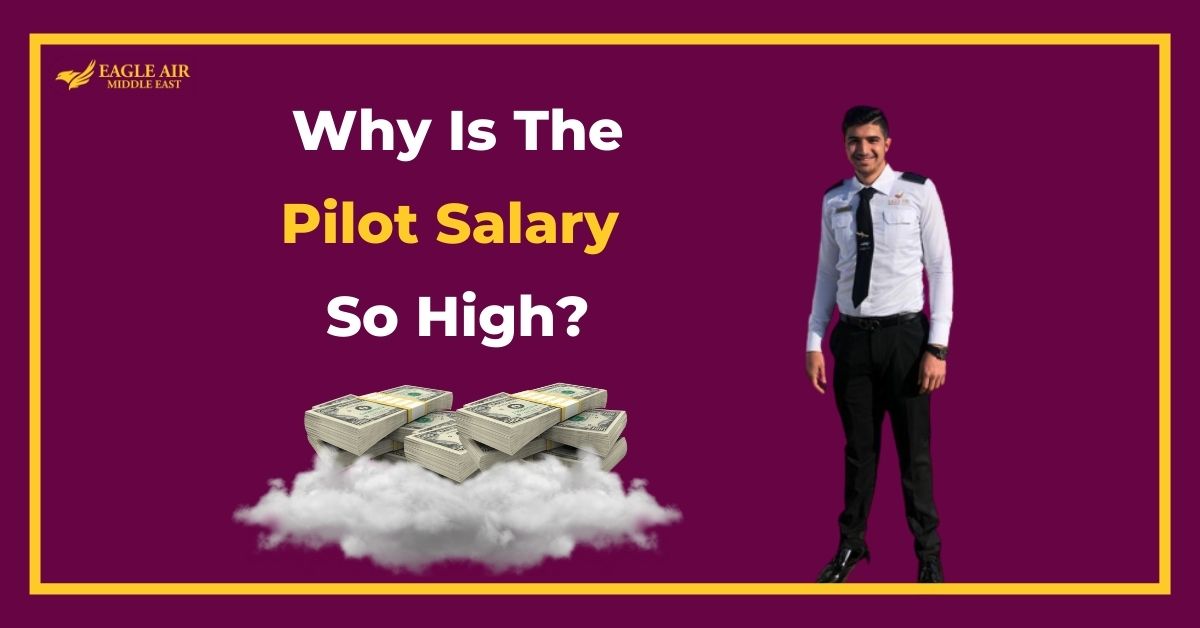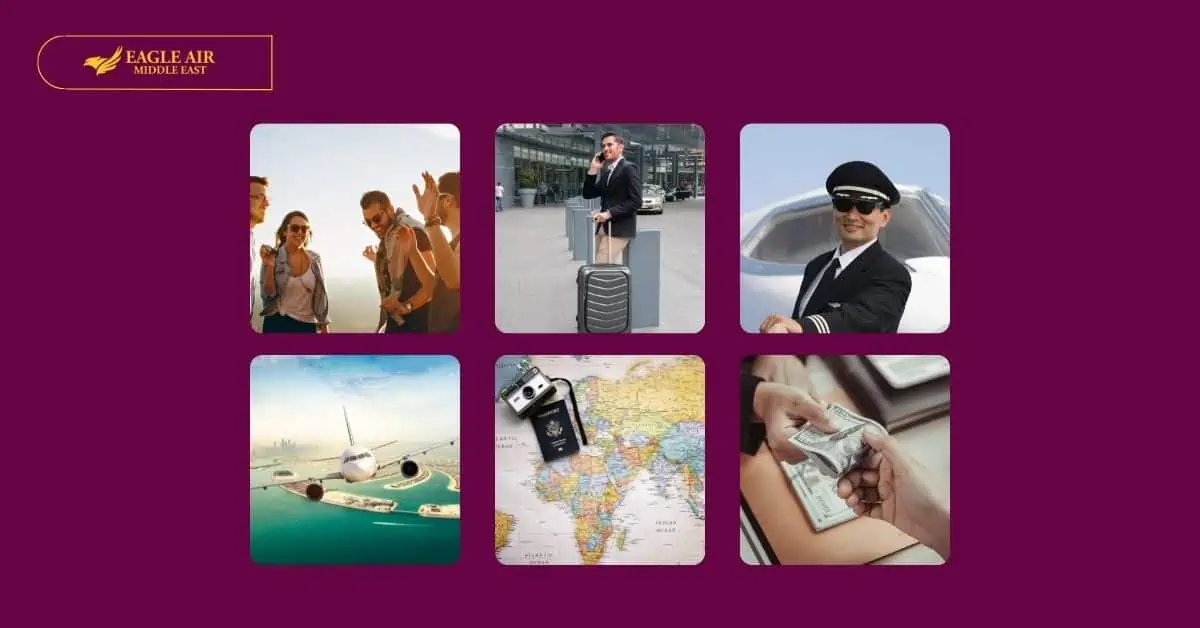There are many facts and myths about the aviation profession and plane travel through this article. We will explain the most critical points and myths related to aviation so that you are familiar with this beautiful profession.
1. Pilot and Co-pilot eat different meals
Fact. Although it is not an official rule, many airlines recommend that the pilot and the co-pilot not eat the same meals for their safety, and some other airlines also suggest that the pilots should eat at different times.
2. Air conditioning in the plane spreads germs
Myth. Air conditioning in planes works well; due to the harsh external weather conditions, the air conditioners should regulate not only the temperature but also the air pressure and humidity.
The highly specialized air filters used also extract bacteria, viruses, and dust from the air and even absorb odor molecules from the smoker’s clothes.
3. There is no 13 onboard
Fact. On planes operated by Austrian Airlines, for example, Lufthansa and many other airlines from countries where the number 13 is considered bad luck, there is no row on the number 13 because many passengers are reluctant to sit there.
Also, in Brazil or Italy, there is no 17 and no 4 in China, as these numbers in these countries are considered bad luck.
4. Flyers avoid the Bermuda Triangle
Myth. The Bermuda Triangle is in the northern part of the Caribbean Sea. The area gained a bad reputation thanks to the legend that a large number of ships and planes had mysteriously disappeared.
Today, we know that the Bermuda Triangle poses no danger so that pilots do not avoid the area and fly over it without any problems.
5. Flying routes eastward allow for high speeds
Fact. Very high winds cause this phenomenon at high altitude (also known as a jet stream), which blows around the planet at speeds of up to 500 km/h. The Earth rotates from west to east, so the plane can move in the same direction and benefit from this wind.
By contrast, the jet stream creates an obstacle to aircraft flying in the opposite direction.
6. Tomato juice tastes better in the air
Fact. In 2010, researchers at the Fraunhofer Institute discovered that when we drink tomato juice in the air, the taste is significantly better compared to its flavor on the ground due to the low air pressure in planes, which affects the sense of taste.
Another fact, tomato juice is the second most popular beverage onboard after water.
Read More: Best 11 Films About Aviation
7. Toilets empty into the air
Myth. It has no basis; everything inside the bathroom is collected on a tank in the plane that is emptied on land upon return to the airport.
8. The black box is black
Myth. The black box records flight data and it is a bright orange color. Heat-resistant orange paint is used to paint the outer parts of the boxes with orange hues, which helps to facilitate finding them in the event of an accident.
9. Some aircrafts can fly more than five hours with one engine if the other fails
Fact. There is a term called extended dual operations and it refers to the length of time that a twin-engine aircraft can be safely launched with a single-engine. In 2014, Boeing 787 Dreamliner obtained 330-minute ETOPS licenses, which means it can safely run on only one engine for more than five hours before landing.
10. All international pilots speak English
Fact. English is the language of air travel. In 2003 the International Civil Aviation Association introduced new requirements to the Chicago Convention, which stipulated that all pilots flying must be familiar with the English language to prevent communication errors.
11. American Airlines saved $40,000 by deducting one olive from meals
Fact. When trying to limit some costs in the 1980s, American Airlines discovered that removing just one item of passenger meal would lower costs. By merely reducing only one olive from the salads served on the plane, the airline saved $40,000 within one year.
12. The plane is the safest transportation
Fact. Some are reluctant to study aviation and enroll in a flying school to become a pilot due to the fear of boarding a plane because they believe that flying is not safe.
But according to the US National Safety Council, air travel is the most reliable transportation because of technological advancement in this field, which contributed to the great development of aircraft and the development of the safety and protection methods present in the plane.



